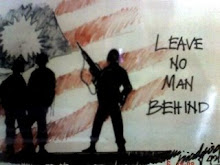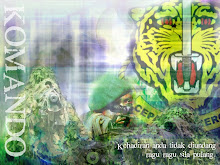3D computer graphics
Overview
The process of creating 3D computer graphics can be sequentially divided into three basic phases: 3D modelinganimation which describes the motionplacement of objects within a scene, and 3D rendering which produces an image of an object. which describes the process of forming the shape of an object, layout and and
The model describes the process of forming the shape of an object. The two most common sources of 3D models are those originated on the computer by an artist or engineer using some kind of 3D modeling tool, and those scanned into a computer from real-world objects. Models can also be produced procedurally or via physical simulation.
Layout and animation
Main article: Computer animation
Before objects are rendered, they must be placed (laid out) within a scene. This is what defines the spatial relationships between objects in a scene including location and size. Animation refers to the temporal description of an object, i.e., how it moves and deforms over time. Popular methods include keyframing, inverse kinematics, and motion capture, though many of these techniques are used in conjunction with each-other. As with modeling, physical simulation is another way of specifying motion.
During the 3D rendering step, the number of reflections “light rays” can take, as well as various other attributes, can be tailored to achieve a desired visual eff
ect.
Rendering converts a model into an image either by simulating light transport to get photorealistic images, or by applying some kind of style as in non-photorealistic rendering. The two basic operations in realistic rendering are transport (how much light gets from one place to another) and scattering (how surfaces interact with light). This step is usually performed using 3D computer graphics software or a 3D graphics API. The process of altering the scene into a suitable form for ren
dering also involves 3D projection which allows a three-dimensional image to be viewed in two dimensions.
to 2D vector graphi
cs or 2D raster graphics on transparent layers. Visual artists may also copy or visualize 3D effects and manually render photorealistic effects without the use of filters. See also still life.[citation needed]
History
William Petter was credited with coining the term computer graphics in 1960,[citation needed] to describe his work at Boeing. One of the first displays of computer animation was Futureworld (1976), which included an animation of a human face and hand — produced by Ed Catmull and Fred Parke at the University of Utah.
Communities
There are a multitude of websites designed to help educate and support 3D graphic artists. Some are managed by software developers and content providers, but there are standalone sites as well (such as Renderosity). These communities allow for members to seek advice, post tutorials, provide product reviews or post examples of their own work.
Distinct from photorealistic 2D graphics
Not all computer graphics that appear 3D are based on a wireframe model. 2D computer graphics with 3D photorealistic effects are often achieved without wireframe modeling and are sometimes indistinguishable in the final form. Some graphic art software includes filters that can be applied.












